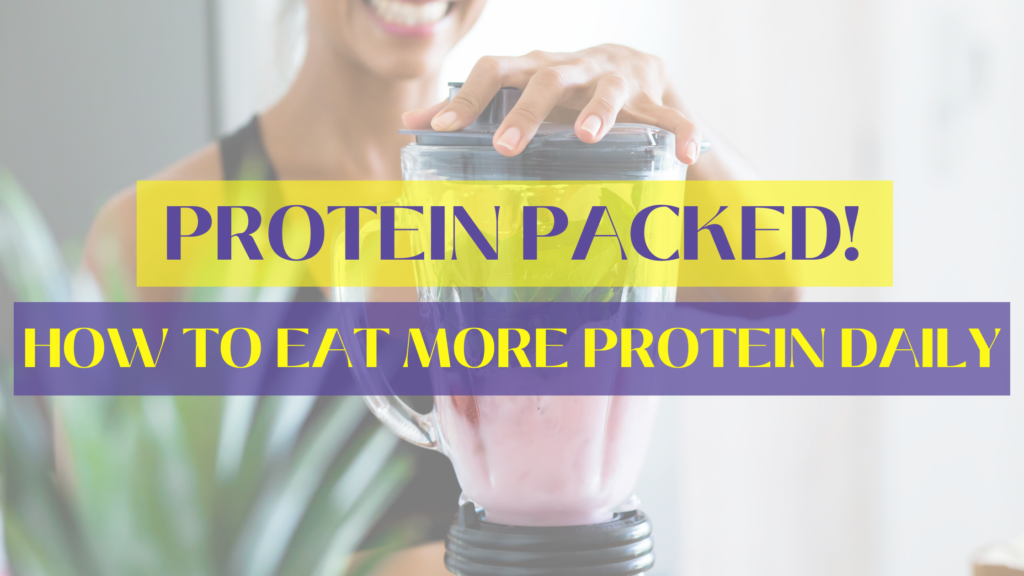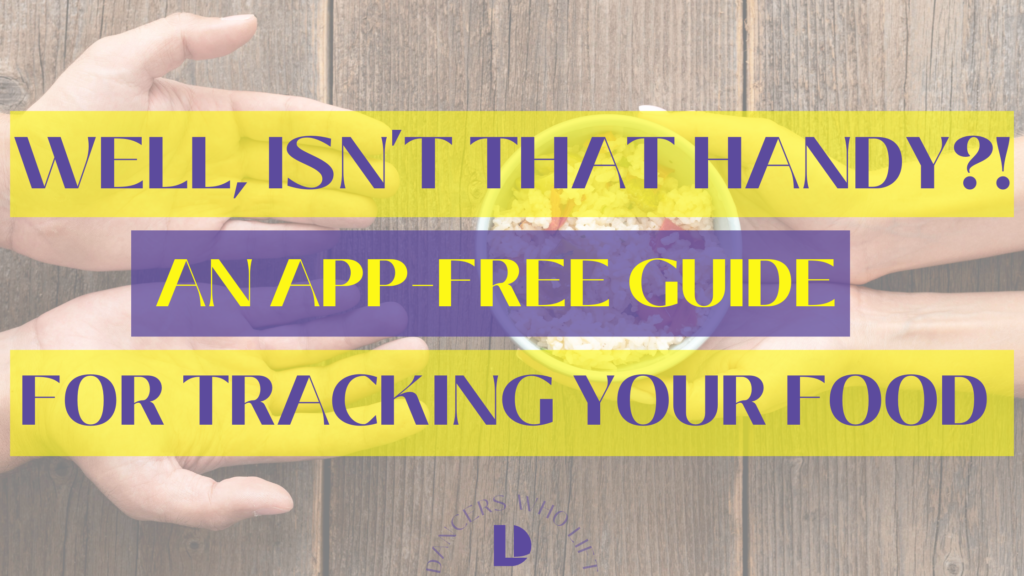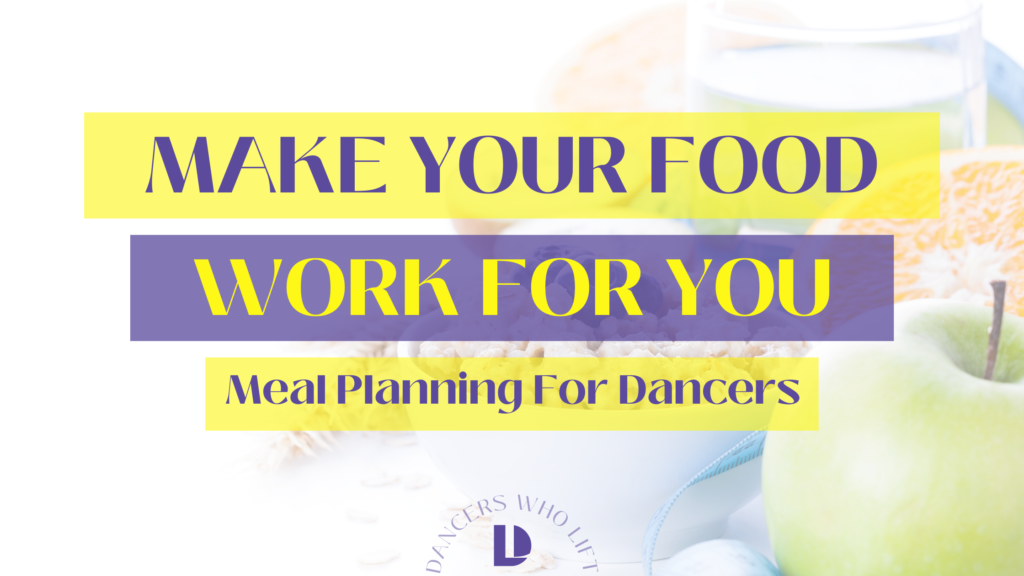We’ve all heard it before:
“It’s fine, today’s my cheat day”
“Come on, be bad with me!”
“Treat yourself! You’ve earned it!”
Each of these phrases are used to excuse or encourage the consumption of what are widely considered “bad foods.” You know, chips, pasta, cookies, ice cream, wine. I mean, when was the last time someone said “Oh yes, treat yourself! That spinach is going to be such a treat!” But just like nail polish doesn’t have a gender, neither does food have morality. Believing otherwise will prevent you from having a healthy relationship with food.
Before we dive into the many reasons why labeling our foods as “good or bad” can actually mitigate your progress, we have to acknowledge that food satisfies a lot of needs in our lives. And while there may be seasons where certain needs are prioritized over others, it doesn’t mean any of these needs should be ignored.
Obviously, at the very basic level, food is fuel for our bodies.
But part of building a healthy relationship with food is recognizing that different foods fuel our bodies in different ways.
Foods can bring us joy if they are tied with childhood memories or celebrations. In other situations, foods bring people together; ever bake holiday cookies or a generational recipe with a family member? The key to good health isn’t about eliminating certain “bad foods.” It’s about balance.
We have to remember that we can still see massive improvements in our health, our athletic performance, and in our body composition without major restriction. The key? A focus on balancing our diet by adding more nutrient dense foods. But those other foods can still have a place in our diet.
Odds are you aren’t just eating one or two foods all day long, meal after meal, week after week. So instead of saying “I can’t have this thing anymore.” What if we instead asked ourselves,
“What could I add into my diet to either add nutrients or consume less processed foods in my meals?”
So, how do I practically build a healthy relationship with food?
Well, when it does come time to decide what we want to eat, the first thing we should consider is, “why?” Remember, different foods satisfy different needs.
Did you just run a marathon and need to replenish your nutrition relatively quickly, or are you hanging out at home cleaning?
What goals are you trying to achieve? Certain foods are going to be more helpful to achieving certain goals than others.
Finally, are you wanting to eat something that brings you joy or fulfills a special memory? Sometimes when you’re feeling lonely, spending the time to cook your Nonna’s homemade spaghetti can go a long way for your mental health. And like we always say, a healthy mind supports a healthy body!

So, what happens when I restrict certain foods?
Restricting foods often makes you want them more. In fact, the National Library of Medicine says
“Experimental studies suggest that a short-term, selective food deprivation seems to indeed increase cravings for the avoided foods.”
To make matters worse, when we decide to make a certain food “bad” or “off limits” if we do eat that food, we feel guilty– as if we’re bad or misbehaving by consuming that food. Which is, of course, untrue!
To make matters worse, once you feel like you’ve failed, it’s much easier to give up on your goals instead of just getting back on track the next time you eat. Which is a real shame, because eating for pleasure is absolutely okay!
As I said before, food serves many more purposes than simply fueling and nourishing our bodies. Foods that aren’t necessarily loaded with nutrients can still taste amazing, connect us with family and friends, create a sense of belonging, and make celebrations special.
Imagine your favorite holiday meal or birthday celebration.
You’re surrounded by friends and family. You’re with the people you love eating foods that mean something to that community. Whether that’s a family cookie recipe handed down by your great-grandma or your favorite treat on a girls day with your best friends- those shared experiences add value to our lives.
My best friend lives far away from me, and we love french macarons. We first tasted them together and felt so fancy and grown-up eating them. The first time she visited me, on the day she left, I bought us each one macaron in our respective favorite colors. We “cheers-ed” with them over a cup of coffee, and now, every time she visits the city, we share a simple macaron moment. Is it always macro-friendly? No. Is it always worth it to share that sweet moment with my friend? Absolutely.
Rigidity will ruin a healthy relationship with food.
We have to realize that, despite what mainstream media says, rigidity is the enemy of consistency. Having an “all or nothing” mindset only works for so long. Why? Because our lives are ever-changing, ever-growing.
I can have a fully stocked kitchen and still get stuck with only fifteen minutes to grab a quick bite between an audition and my side job. So, if fast food places are strictly on my “do not eat” list, I’m suddenly left with the choice to either be late for work or skipping dinner. This leaves you anxious, frustrated, irritable, and hungry.
That’s not the type of life we want you to lead as athletes and dancers.
Imperfect steps toward a goal still get us closer to our goals. Flexibility actually frees us to use our internal guidance rather than external rules to decide which foods to eat, when to eat them, and why we eat them.
But what if I can’t have a healthy relationship with certain foods?
If rigidity is still appealing to you in regard to certain foods, it’s important to ask why. Getting curious about why we struggle with consuming certain foods in moderation can lead to emotional and psychological growth. We have to ask ourselves:
“Why do I feel out of control with this food?”
“What triggers my need or intense craving for this food?”
“When is it possible to eat this food in moderate amounts, if ever?”
When we do this instead of eliminating those foods, we often find the underlying emotional or psychological thing that causes us to behave this way with certain foods. Some examples of this might be eating when we’re stressed, eating when we’re lonely, or even eating when we are bored.
Sometimes the trigger is a time of day or a location. Maybe you grew up having an after-school snack every day at three. Suddenly you recognize why you have an afternoon craving for sugar.
Other times social situations can trigger your food cravings; if everyone else is eating pizza and wings, I should too. And listen, there is nothing wrong with classic Super Bowl snacks. But if these situations are causing consistent issues for you, it’s worth taking a closer look.

Feedback > Failure
The best part of leaning into the “why” behind these “off-limits food” is it empowers you to look at this information as feedback rather than failure. These foods are no longer “good” or “bad,” so we inherently cannot fail when we consume them.
That’s not to say, “eat whatever you want.” But, if you imagine food on a continuum, you can slowly shift your mindset from “don’t eat this” to “eat more of this, eat less of that.” Maybe it’s eating less processed foods and more whole foods. Maybe it’s consuming less alcohol and eating more fruit. Whatever it is, it allows you to have the freedom to choose when you eat certain things and fully enjoy them without any guilt or shame.
So what are you having for dinner this week? Are you cooking a family recipe for your friends or meal-prepping for a busy week of auditions? We can’t wait to see how the power of choice frees you to make choices that support flexibility and growth instead of rigid control over your life.
xox Am
PS if you want to work with a pro-dancer/ certified personal trainer who can make tailored training, nutrition, and recovery plans for you, you should check out our 1:1 coaching program, The Embodied Artist Academy



 Performing on a cruise ship is a pretty sweet gig.
Performing on a cruise ship is a pretty sweet gig.













